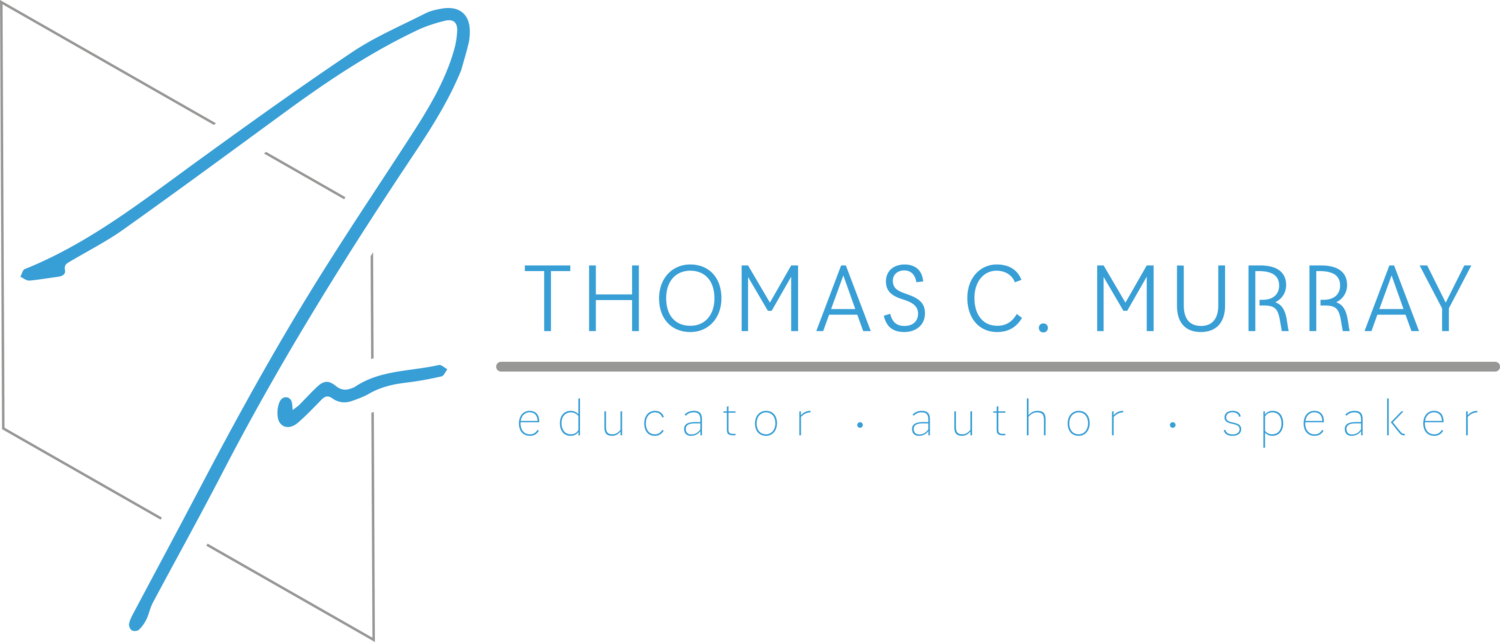Acceptable or Responsible? What’s Your Use Policy? #LT8keys
A portion of below is an excerpt from the new ASCD book, Learning Transformed: 8 Keys to Designing Tomorrow’s Schools, Today, and is co-written by Thomas C. Murray and Eric Sheninger.
As a former technology director (Tom) and high school principal (Eric), we’ve seen some fascinating ways that students have tried to bypass the filter, have seen search terms that would make even college students blush, and have had a vast array of conversations with students about the appropriate use of digital tools. Concern about student safety while online and use of digital tools is undoubtedly valid. Every educator knows the best and the worst that the human mind has produced can be found somewhere on the Internet. We believe it is our moral obligation as educators to keep students safe, while simultaneously enabling them to create responsible digital footprints. Unfortunately, many school districts’ filtering policies were developed before the rise of interactive web tools, social media, and mobile technologies.
"We believe it is our moral obligation as educators to keep students safe, while simultaneously enabling them to create responsible digital footprints."- Thomas C. Murray & Eric C. Sheninger
We don’t want student behavior to simply be acceptable. Neither do we want the digital footprint they create over the course of their lives to only be acceptable. We want students to be responsible for their behavior and footprint. Therefore, we believe that schools should move from “acceptable use” to “responsible use” policies. Acceptable Use Policies (AUPs) are typically written in such a manner that outlines everything a student (or employee) can’t do. AUPs are often multiple pages long, written in legal terms that few understand, and have little to no relevance to users once they are signed at the beginning of the school year. There is also no possible way to adequately communicate all of the things districts deem inappropriate. Thus, these documents often become vast lists of ways users can get themselves into trouble, followed by an extensive pyramid of possible consequences. Although these policies may satisfy legal requirements, very few people pay attention to the details.
By contrast, Responsible Use Policies (RUPs) typically outline how students (and employees) should act. These policies typically promote positive behaviors, expectations, and guidelines. RUPs don’t diminish student and employee expectations; they define ownership. We believe such ownership is needed for tomorrow’s schools to guide students in developing responsible digital footprints that will follow them for the rest of their lives.
High-quality RUPs:
Lay the foundation for digital citizenship and personal accountability.
Include input from students, teachers, administrators, school board members, and the community.
Include school-owned and personal devices.
Encourage high levels of access.
Value student and community voice.
Outline expectations in a positive manner (i.e., “I am responsible for . . .”).
Promote the responsible use of social media.
Encourage student (and employee) ownership of use.
Are age appropriate and easy for students to understand.
Are translated into the languages the school community needs.
High-quality RUPs include information about a variety of areas, such as Internet and software access, e-mail and user account information, filtering and monitoring, privacy expectations, and so on. We believe that regardless of how the plan is developed, districts should work to ensure maximum access, student (and employee) ownership, and relevant stakeholder input.Boston Public Schools (BPS), which serves over 50,000 students in more than 125 schools, is a district that has worked to customize policies in an effort to make them relevant to students. Students enrolled in BPS are from 135 countries, and approximately 75 percent of all students live near or below the poverty line. As BPS worked to update its policy, staff quickly realized that policy language was not kid friendly, and students were signing off on documents they simply didn’t understand. BPS tapped a retired teacher to review policy language and work with high school interns to create student-friendly, grade-level specific policies that kids could understand. In addition, high school students are trained as cyber safety mentors to work with students and the community on Internet safety.
So what’s your take? How can school leaders build policies that are relevant to those that sign them? How can leaders best create policies that encourage responsibility and ownership and minimize limitations in access? We’d love to hear your thoughts! Use #LT8keys to continue the conversation online.
All for the kids we serve,
Tom
This post was originally published on EdTech Digest, here.

